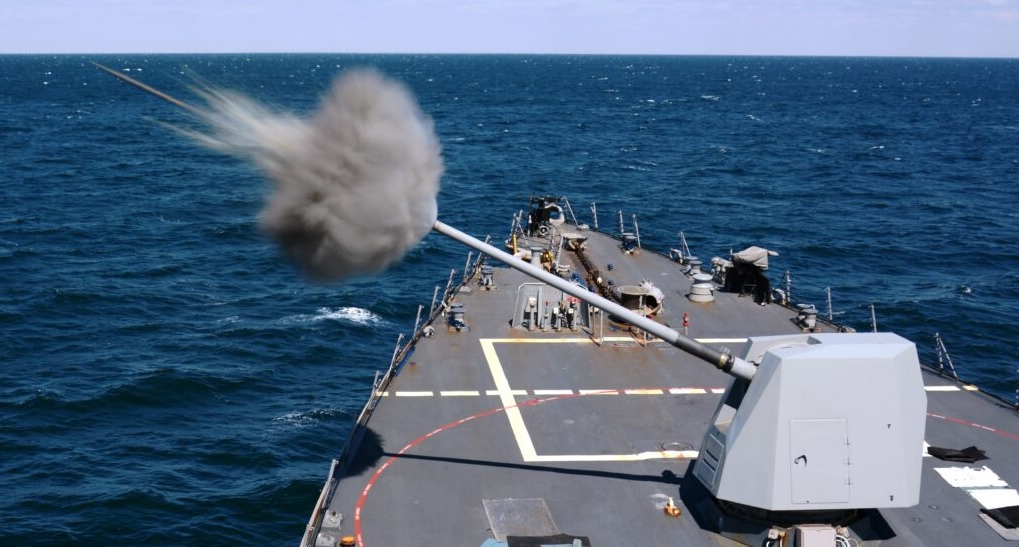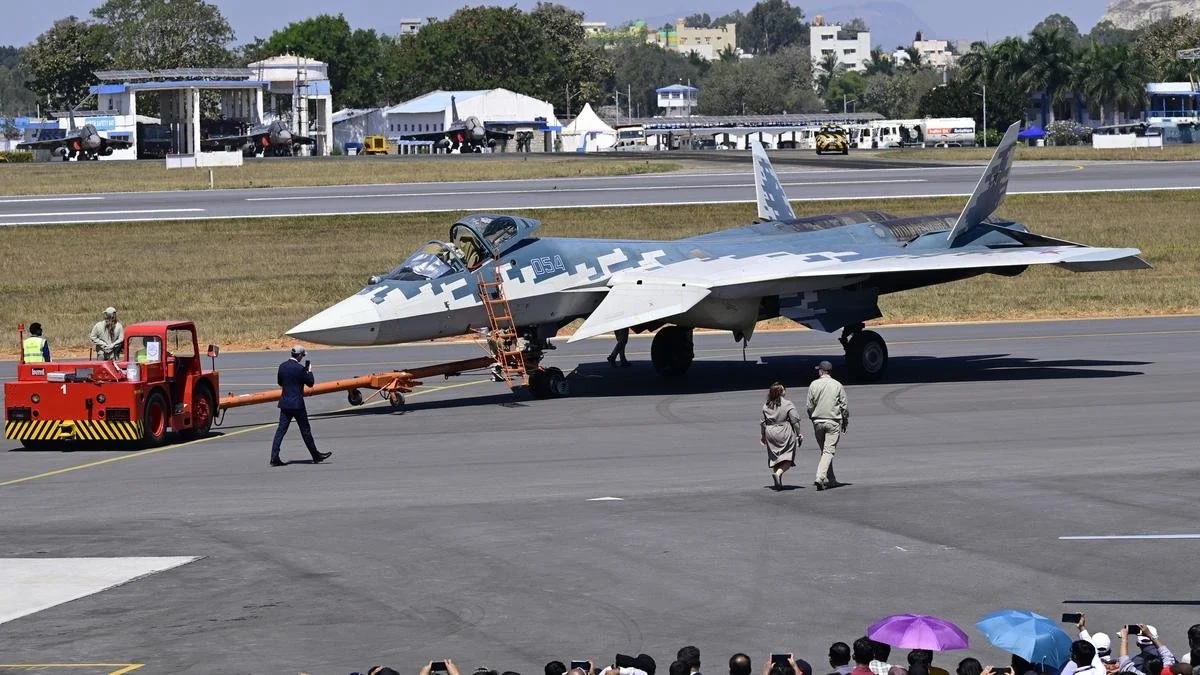Royal Navy’s First Type 26 Frigate, HMS Glasgow, Equipped with Cutting-Edge Mk45 Mod 4A Medium Calibre Gun

In a significant milestone for the Royal Navy, the first of the next-generation Type 26 frigates, HMS Glasgow, has been equipped with the Mk45 Mod 4A Medium Calibre Gun, marking the beginning of a new era in naval warfare for the UK. This advanced 5-inch gun, which replaces the long-serving Mk8 4.5-inch naval gun, represents a leap forward in technology, firepower, and adaptability, setting the stage for the Royal Navy's future fleet.
HMS Glasgow is the lead ship in the new City-class frigates, designed to replace the aging Type 23 frigates and provide the Royal Navy with cutting-edge anti-submarine warfare capabilities. These frigates are being constructed on the River Clyde in Scotland, with seven other sister ships to follow. While primarily designed to hunt submarines, the City-class frigates are also highly versatile. With modular mission bays, they can be adapted to deploy drones, mine-hunting systems, and even raiding equipment for special forces operations. In more traditional naval roles, the Mk45 Mod 4A gun will deliver devastating firepower against enemy land positions.
The Mk45 Mod 4A is a modern iteration of a gun already in use by the U.S. Navy and allied navies such as those of Australia, Japan, and New Zealand. With over 280 installations on warships worldwide, this proven system has been updated to meet the evolving demands of 21st-century naval warfare. The Royal Navy's decision to install this gun on the Type 26 frigates reflects its commitment to aligning with NATO allies, both in terms of technology and operational interoperability.
One of the most notable features of the Mk45 Mod 4A is its automation. In contrast to the manually-loaded Mk8 gun, the new system is equipped with an automatic shell-handling system, a major enhancement for safety and efficiency. This system draws inspiration from the technology used in the U.S. Navy’s Zumwalt-class destroyers, allowing shells to be pulled from a deep magazine to a 20-round "ready to use" magazine, which feeds the gun during engagements. In case of system failure, manual loading is still an option, but the automation vastly reduces the workload on sailors and minimizes the risk of injury during combat operations.
The gun itself is capable of firing shells weighing up to 31.5 kilograms at speeds between 823 and 1,051 meters per second (roughly 2.5 to 3 times the speed of sound). This incredible velocity enables the Mk45 to engage a wide variety of targets, from enemy positions on land to fast-moving aerial drones and small attack boats. Crucially, firing shells is significantly more cost-effective than launching missiles, making the Mk45 a more economical option for neutralizing threats in certain scenarios.
At present, the gun on HMS Glasgow is still without its barrel, awaiting final installation. However, once fully operational, it is expected to be a game-changer for the Royal Navy. Not only does the Mk45 Mod 4A enhance firepower, but its increased reliability—boasting an availability rate of 99.6% in other navies—makes it one of the most dependable systems in modern naval warfare.
Beyond the firepower, the safety and operational advantages are significant. The automated shell-handling system eliminates the need for sailors to manually transport heavy shells, reducing physical strain and the dangers posed by moving machinery and loud noises during gunfire. This advancement ensures that the Royal Navy’s gunnery operations are not only more efficient but also safer for the crew.
The installation of the Mk45 Mod 4A on HMS Glasgow took place at BAE Systems’ Scotstoun facility, a key step in the broader outfitting of the Type 26 frigates. According to Neil Stevenson, Type 26 Weapons Group Leader at Defence Equipment and Support, this milestone showcases the cutting-edge technology that the Royal Navy will rely on in the coming decades: "The Mk45 Mod 4 is a proven, effective weapon that incorporates the latest technologies for today’s multi-mission warships."
As HMS Glasgow continues its construction and outfitting, the installation of this advanced weapon system is just the beginning. The Type 26 frigates are expected to serve the Royal Navy well into the 2030s and beyond, providing a versatile platform capable of addressing a wide range of threats. Whether it’s submarine hunting, drone defense, or delivering firepower to enemy shores, the Mk45 Mod 4A is set to be a crucial component of the Royal Navy’s future fleet.



